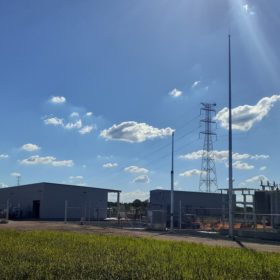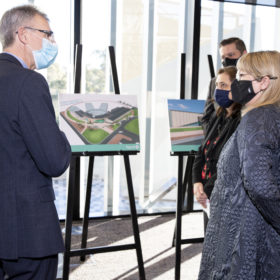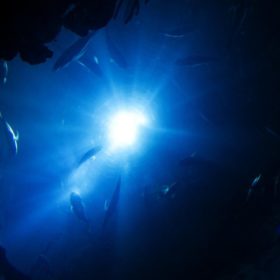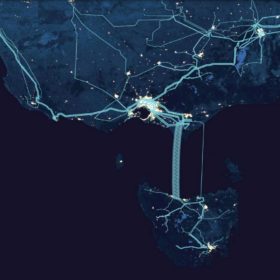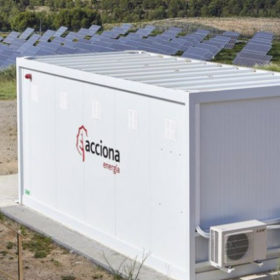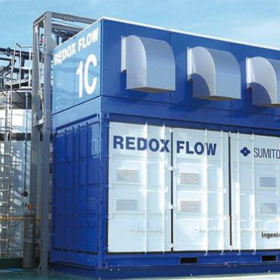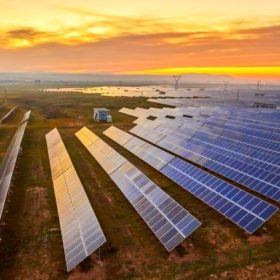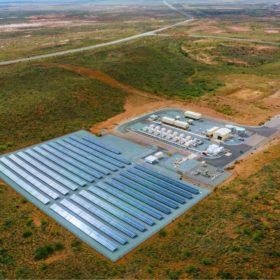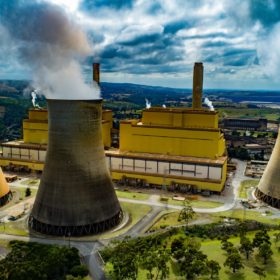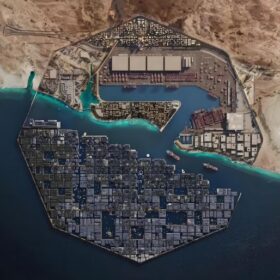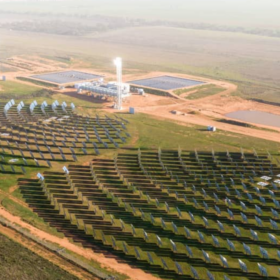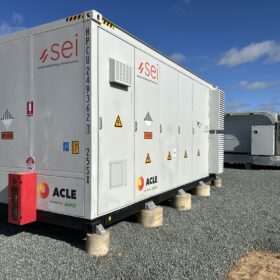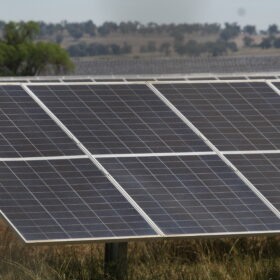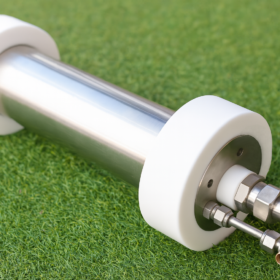Powerlink eyes bespoke solution to system strength issues
Queensland network operator Powerlink has indicated battery storage will be a critical part of a bespoke strategy designed to solve system strength issues that have emerged as a challenge for renewable energy generation in the National Electricity Market.
Sulphur-based redox flow battery with 15 consecutive hours of runtime
Researchers from Hong Kong have applied a novel charge-reinforced, ion-selective (CRIS) membrane to a polysulfide-iodide redox flow battery they had built in 2016. The redox flow battery showed a capacity decay rate of just 0.005% per day for 1,200 cycles, and a lifetime with over 2,000 hours’ cycling, which the academics said corresponds to approximately three months.
Advanced battery and hydrogen research facilities to be built by Victoria’s Deakin University, backed by government funds
Deakin University has received funding for two multi-million dollar facilities, one devoted to advanced battery research and the second for the development of hydrogen technology. The projects’ aims will be to overcome hydrogen’s hurdles and, for batteries, to improve existing technologies while also investigating sustainable alternatives like sodium batteries.
Using the oceans’ depths to store renewables, compress hydrogen
Underwater gravity energy storage has been proposed as an ideal solution for weekly energy storage, by an international group of scientists. The novel technology is considered an alternative to pumped-hydro storage for coasts and islands without mountains that are located close to deep waters, and may also be interesting for PV if used to store green hydrogen.
Marinus Link bolstered by new reports attesting its potential benefit across NEM, but who should pay?
New reports and modelling has led TasNetworks to further push its largest of four possible Marinus Link versions. The largest, a 1,500 MW interconnector between Tasmania and the Australian mainland, is being shown to provide benefits across the entire NEM through grid stability and downward pressure on wholesale electricity prices. But there is still some discussion about who should pay for it.
Storing solar power with recycled batteries from Nissan
Spanish renewable energy company Acciona is testing four second-life batteries with a combined capacity of 130 kWh at its 1.2 MW experimental solar park in Tudela, in the Spanish region of Navarra.
Malaysian green hydrogen project opts for Perth-based flow batteries
Perth-based TNG Limited has signed an agreement with Malaysian green hydrogen company AGV Energy which will see its vanadium redox flow batteries integrated into the HySustain project to store solar energy for green hydrogen production.
Repowering Gippsland project pushes ahead with Fulham Solar Farm plans
The group behind an ambitious plan to develop more than 600 MW of solar PV and 600 MWh of energy storage in Victoria’s Gippsland region have announced planning for one of the projects included in the proposed three-pronged renewables portfolio is underway.
Landmark moment as Pilbara town powered 100% by solar PV and battery
Western Australia utility Horizon Power has achieved a major milestone with the coastal town of Onslow powered 100% by solar PV and battery during a successful trial of what is one of Australia’s largest distributed energy resource microgrids.
Victoria declares ‘energy emergency’ with Yallourn Power Station at risk
Australia’s coal-fired power generators are again in the spotlight with the Victorian government declaring a state “energy emergency” as damage caused by recent flooding in the Latrobe Valley threatens the ongoing viability of the 1.48 GW Yallourn power station.
